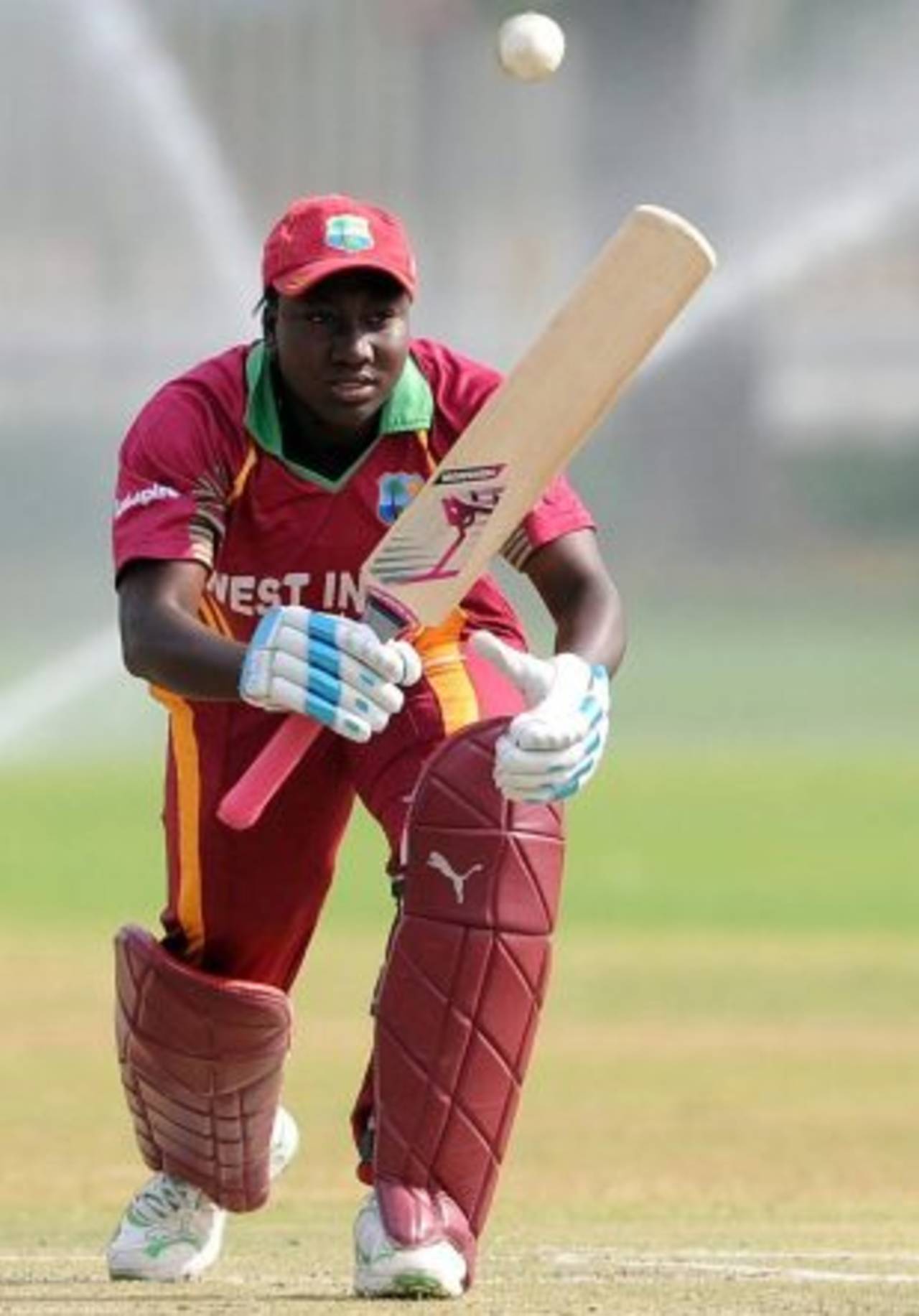Women's cricket goes global
The current World Cup in India has seen plenty of promising performances, and even more compelling characters, emerge from the less established nations

Cricketers like Stafanie Taylor are benefitting from more investments that are being made in women's cricket • International Cricket Council